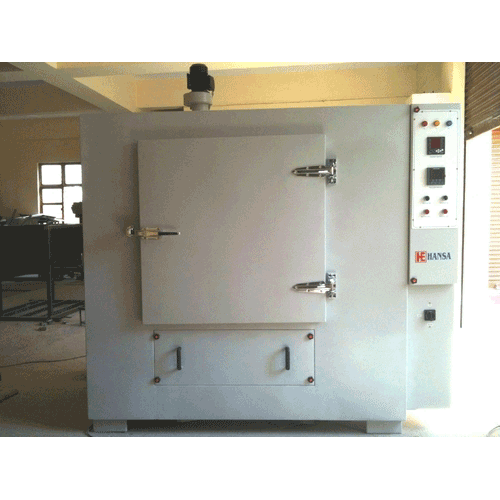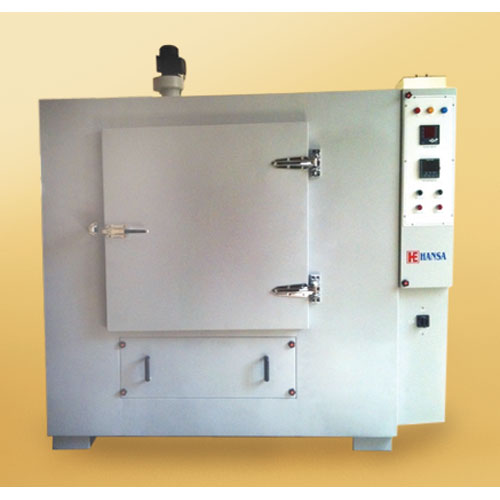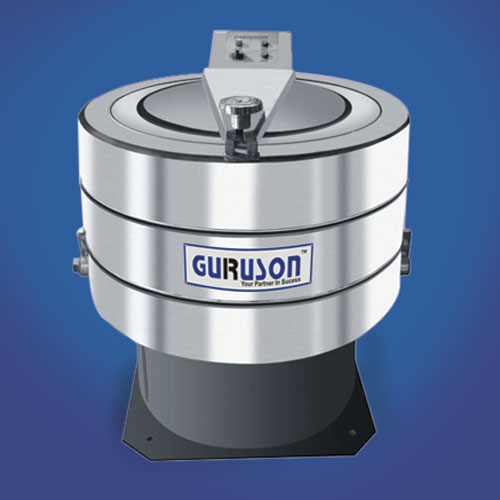Schedule a Call Back
India needs to create its own smart-manufacturing ecosystem
 Interviews
Interviews- May 02,18

Related Stories

Vingroup to Invest $ 3 Billion in Telangana to Build Integrated Smart Ecosystem
Vingroup and Telangana sign a $ 3 billion MoU to develop a large-scale smart, green, multi-sector ecosystem spanning urban development, mobility, energy and social infrastructure.
Read more
India Hosts First PCIM Asia New Delhi Conference to Advance Power Electronics
The inaugural PCIM Asia New Delhi Conference opened to unite global experts to drive India’s next stage of innovation in power electronics.
Read more
EFTA Commits $100 Billion Investment in India: Goyal
Goyal says EFTA to invest $100 billion in India’s innovation and manufacturing.
Read moreRelated Products

Heavy Industrial Ovens
Hansa Enterprises offers a wide range of heavy industrial ovens.

High Quality Industrial Ovens
Hansa Enterprises offers a wide range of high quality industrial ovens. Read more

Hydro Extractor
Guruson International offers a wide range of cone hydro extractor. Read more















